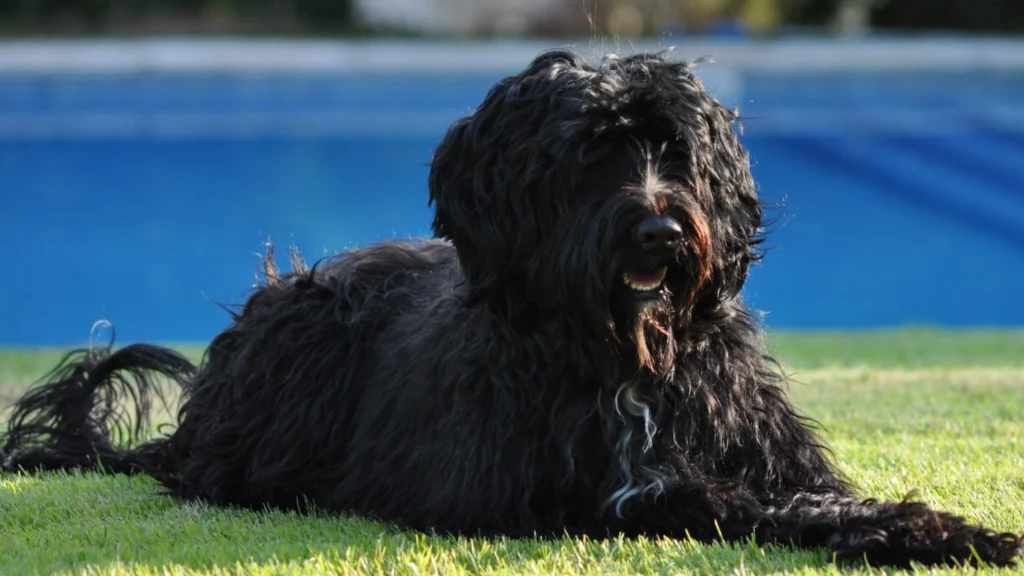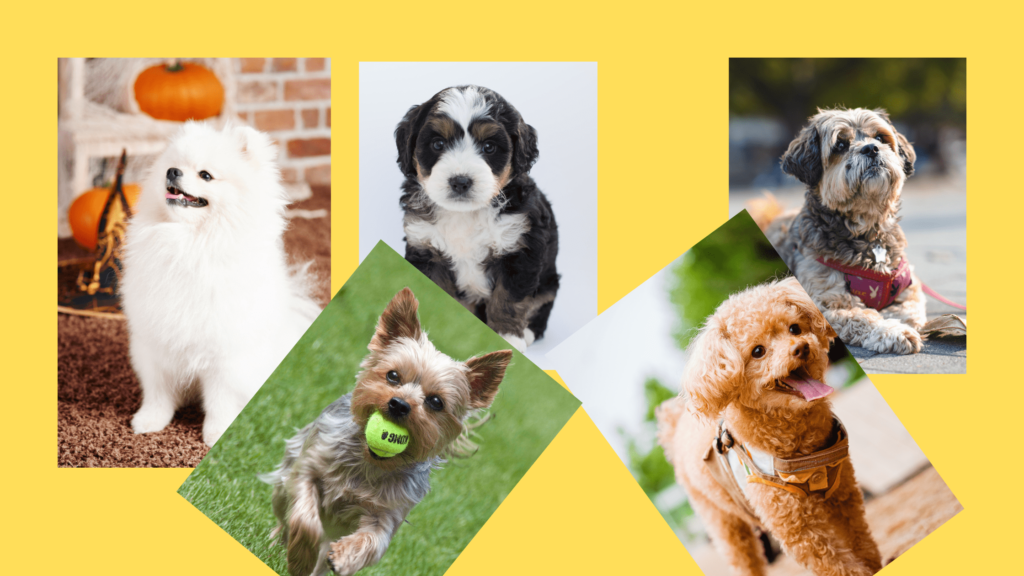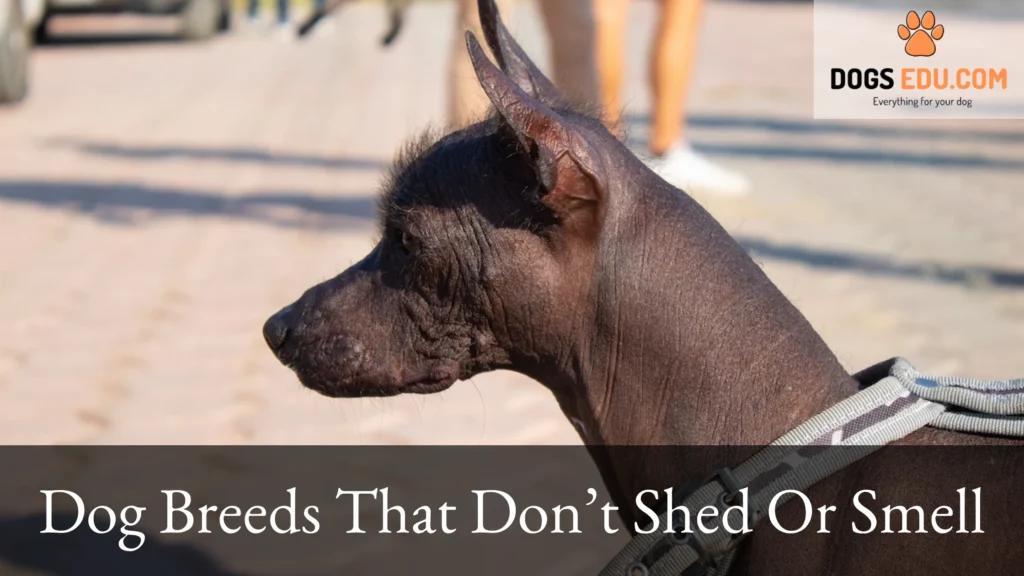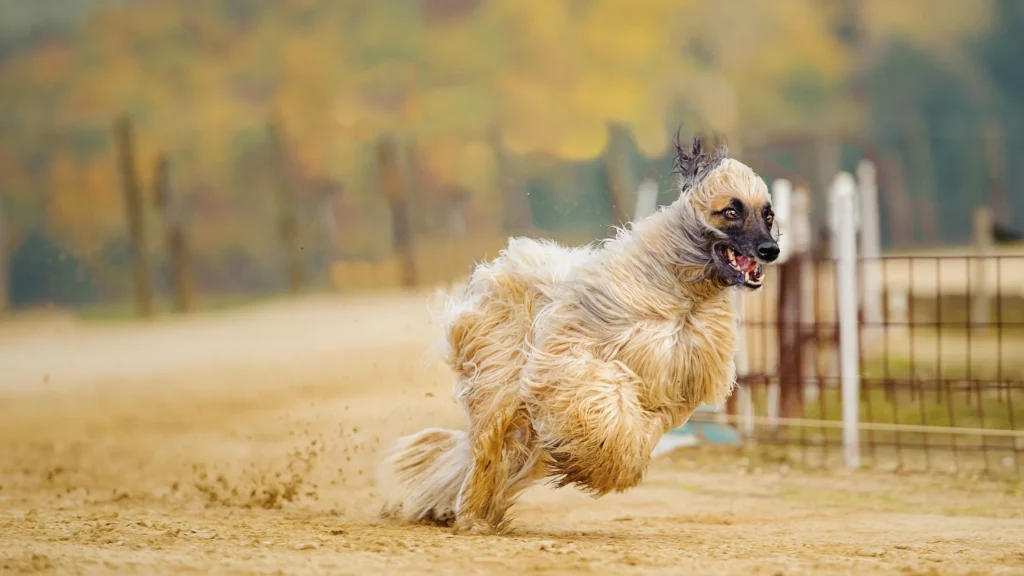
Introduction
Are you on the hunt for a four-legged companion but dread the thought of endless fur covering your furniture and triggering allergies? Look no further! In this article, we will delve into the world of Low-Shedding Medium Dog Breeds. These furry friends strike the perfect balance between size and shedding tendencies, making them ideal for individuals seeking a cleaner home and those with allergies.
Before we dive into the captivating world of low-shedding medium dogs, let’s take a moment to understand two crucial factors that contribute to engaging content: perplexity and burstiness. Perplexity measures the complexity of text, ensuring a rich and diverse reading experience. Burstiness, on the other hand, refers to the variation in sentence length and structure. Humans naturally weave together longer, complex sentences with shorter ones, creating a dynamic and compelling narrative.
With these concepts in mind, we’ll explore a range of medium-sized dog breeds that are renowned for their low-shedding qualities. So, if you’re ready to discover some remarkable companions that won’t leave a trail of fur behind, let’s embark on this exciting journey together. Get ready to meet the low-shedding champions of the medium dog world!
Understanding Medium Dog Breeds
A. Definition of Medium-Sized Dogs:
When it comes to dog breeds, size matters. Medium-sized dogs typically fall between the small and large breed categories in terms of their size and weight range. While there is no standardized definition, medium dogs generally weigh between 30 to 60 pounds (13.6 to 27.2 kilograms) and stand around 18 to 22 inches (45.7 to 55.9 centimeters) at the shoulder.
B. Advantages of Medium-Sized Dogs:
Medium-sized dogs offer a unique blend of characteristics that make them popular among dog lovers. They often possess a balanced temperament, combining the playfulness and energy of smaller breeds with the sturdiness and endurance of larger breeds. This makes them well-suited for various lifestyles, from active families to individuals living in apartments with limited space.
C. Introduction to Low-Shedding Dog Breeds:
While shedding is a natural process for dogs to replenish their coat, some breeds have a genetic predisposition to shed less. These low-shedding breeds are often referred to as hypoallergenic, as they produce fewer allergens and are suitable for individuals with allergies or those who prefer a cleaner living environment. While no dog breed is entirely hypoallergenic, low-shedding breeds tend to cause fewer allergic reactions.
Understanding the low-shedding trait is essential for those seeking a medium-sized dog that can coexist harmoniously with their allergies or desire for minimal shedding. In the next section, we will explore shedding in more detail, uncover the concept of hypoallergenic breeds, and highlight their benefits for allergy sufferers and cleanliness enthusiasts alike.
Exploring the Low-Shedding Trait
A. Explanation of Shedding in Dogs:
Shedding is a natural process that allows dogs to get rid of old or damaged hair and replace it with new growth. It is influenced by various factors, including breed genetics, climate, and overall health. Shedding patterns can range from minimal to excessive, with some breeds shedding year-round and others shedding seasonally.
B. Overview of Hypoallergenic Dog Breeds:
Hypoallergenic dog breeds are those that produce fewer allergens, making them more tolerable for individuals with allergies. It’s important to note that hypoallergenic does not mean completely allergen-free, as people’s sensitivities can vary. These breeds are often sought after by allergy sufferers who want to experience the joy of owning a dog without constant allergic reactions.
C. Benefits of Low-Shedding Breeds:
- Reduced Allergens: Low-shedding breeds typically produce fewer allergens such as dander, saliva, and urine, which are common triggers for allergies. This can significantly improve the quality of life for individuals with allergies or asthma.
- Cleanliness: With less shedding, low-shedding breeds help maintain a cleaner home environment. There will be fewer loose hairs to clean up, reducing the time and effort spent on vacuuming and lint-rolling.
- Indoor Comfort: Families and individuals who desire a dog that can live comfortably indoors will appreciate low-shedding breeds. These dogs are less likely to leave a trail of hair on furniture, clothing, and other surfaces.
Now that we have a better understanding of shedding and the benefits of low-shedding breeds, let’s dive into the world of medium-sized dog breeds that excel in minimizing fur around the house. In the next section, we will explore some remarkable medium dog breeds that don’t shed, giving you a range of options to consider when looking for your new fur-friendly companion.
Top Medium Dog Breeds That Don’t Shed
When it comes to medium-sized dog breeds that don’t shed excessively, there are several wonderful options to consider. These breeds combine their low-shedding characteristics with unique personalities, making them perfect companions for various lifestyles. Here are five top medium dog breeds known for their minimal shedding:
Portuguese Water Dog:
The Portuguese Water Dog is a medium-sized breed with a distinctive curly or wavy coat that doesn’t shed much. Originally bred as working dogs for Portuguese fishermen, they are known for their intelligence, loyalty, and love for water. Their hypoallergenic coat requires regular grooming to prevent matting.
Soft-Coated Wheaten Terrier:
The Soft-Coated Wheaten Terrier is a medium-sized terrier breed with a soft, silky, and wavy coat that sheds minimally. They have a playful and affectionate nature, making them great family pets. Regular grooming, including brushing and occasional trimming, helps maintain their beautiful coat.
Miniature Schnauzer:
The Miniature Schnauzer is a small-to-medium-sized breed that sheds very little. Known for their distinctive beard and eyebrows, these energetic and intelligent dogs are full of personality. Regular grooming, including trimming their wiry coat, helps keep them looking their best.
Basenji:
The Basenji is a unique and ancient breed known for its cat-like grooming habits and minimal shedding. These medium-sized dogs have a short, fine coat that requires minimal maintenance. Basenjis are independent, intelligent, and known for their “barkless” nature, making them a fascinating choice for dog enthusiasts.
Bichon Frise:
The Bichon Frise is a small-to-medium-sized breed with a curly, hypoallergenic coat that sheds very little. They are cheerful, affectionate, and great for families. Regular grooming, including brushing and occasional professional grooming, helps keep their coat in top condition.
These are just a few examples of medium-sized dog breeds that don’t shed excessively. Each breed has its unique qualities and characteristics, so it’s important to research and consider factors like temperament, exercise needs, and compatibility with your lifestyle before making a decision.
In the next section, we will explore key factors to consider when choosing a low-shedding medium dog, helping you make an informed decision and find the perfect companion for your home.
Factors to Consider When Choosing a Low-Shedding Medium Dog
When selecting a low-shedding medium dog breed, it’s important to consider various factors to ensure a compatible match with your lifestyle and preferences. Here are key factors to keep in mind:
A. Activity Level and Exercise Requirements:
Different breeds have varying energy levels and exercise needs. Consider your activity level and the amount of time you can dedicate to exercising and engaging with your dog. Some breeds may require more vigorous exercise, while others are content with moderate activities.
B. Temperament and Compatibility:
Each breed has its own temperament traits and characteristics. Research the breed’s typical temperament to ensure compatibility with your personality, family dynamics, and living situation. Some breeds may be more suitable for families with children, while others may be better suited for individuals or couples.
C. Grooming Needs and Maintenance:
While low-shedding breeds require less maintenance in terms of shedding, they often have specific grooming needs. Consider the grooming routine required for each breed, including brushing, bathing, and potential professional grooming. Determine if you have the time and willingness to meet those grooming needs.
D. Other Factors:
Take into account additional factors such as trainability, health concerns, and lifespan. Some breeds may be easier to train and more adaptable to various environments, while others may have specific health considerations or shorter lifespans. Research breed-specific health issues and consult with reputable breeders or veterinarians for more information.
By carefully considering these factors, you can narrow down your choices and find a low-shedding medium dog breed that aligns with your lifestyle, preferences, and needs.
In the following section, we will provide useful tips for caring for low-shedding medium dogs, ensuring their well-being and maintaining a harmonious bond between you and your new furry companion.
Tips for Caring for Low-Shedding Medium Dogs
Caring for low-shedding medium dogs involves specific considerations to keep their coat healthy, maintain their overall well-being, and strengthen your bond with them. Here are some essential tips to ensure optimal care:
A. Regular Grooming Routines:
While low-shedding breeds produce less loose hair, regular grooming is still important to keep their coat in good condition. Brush their coat regularly to prevent matting and remove any loose hair. This also helps distribute natural oils and keeps their skin healthy. Follow a grooming routine that includes bathing, nail trimming, ear cleaning, and dental care.
B. Dietary Considerations:
A well-balanced diet is crucial for the overall health of your low-shedding medium dog. Consult with your veterinarian to determine the appropriate diet based on their age, size, and specific nutritional needs. Proper nutrition supports a healthy coat and skin.
C. Sufficient Exercise and Mental Stimulation:
All dogs, regardless of shedding tendencies, require regular exercise to stay physically fit and mentally stimulated. Engage your low-shedding medium dog in daily activities such as walks, playtime, and interactive games. This helps prevent behavioral issues and keeps them happy and content.
D. Mental Enrichment:
Low-shedding breeds are often intelligent and benefit from mental stimulation. Provide them with puzzle toys, interactive feeders, and training sessions to keep their minds engaged. This not only helps prevent boredom but also strengthens the bond between you and your furry friend.
E. Potential Challenges and Solutions:
Every breed comes with its own set of challenges. Low-shedding medium dogs may have specific needs or behaviors. Be aware of potential challenges such as separation anxiety, socialization needs, or breed-specific traits. Seek guidance from professional trainers or behaviorists if necessary.
Remember, caring for a low-shedding medium dog is a long-term commitment. Provide them with love, attention, and proper care to ensure their happiness and well-being.
Conclusion
In conclusion, medium dog breeds that don’t shed offer the best of both worlds – they are companions with minimal shedding tendencies. By following these tips, you can create a nurturing environment for your low-shedding medium dog, fostering a strong and lasting bond. Enjoy the journey of companionship with your fur-friendly, clean-living companion!
Note: It’s essential to consult with a veterinarian or professional dog trainer for personalized guidance on the care of your specific breed.



